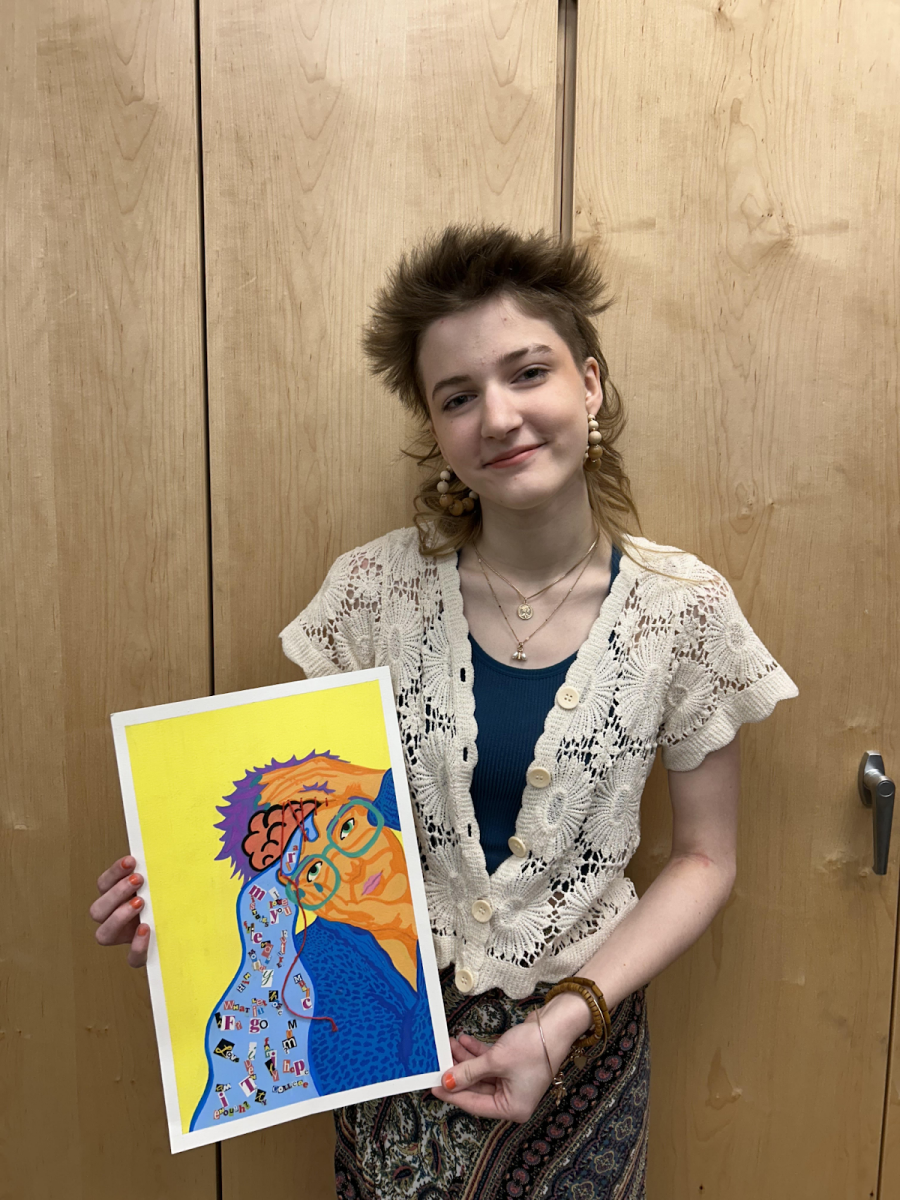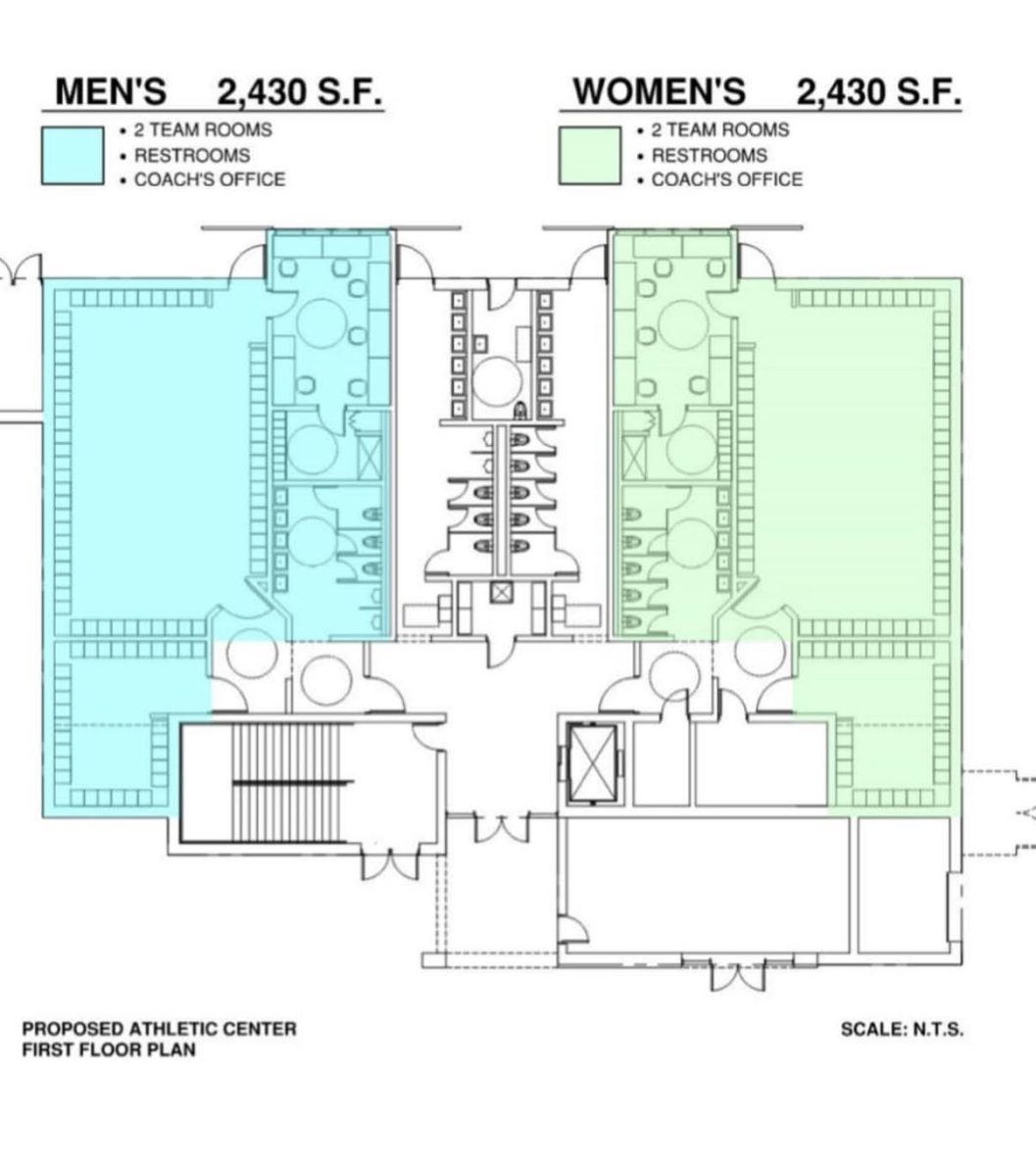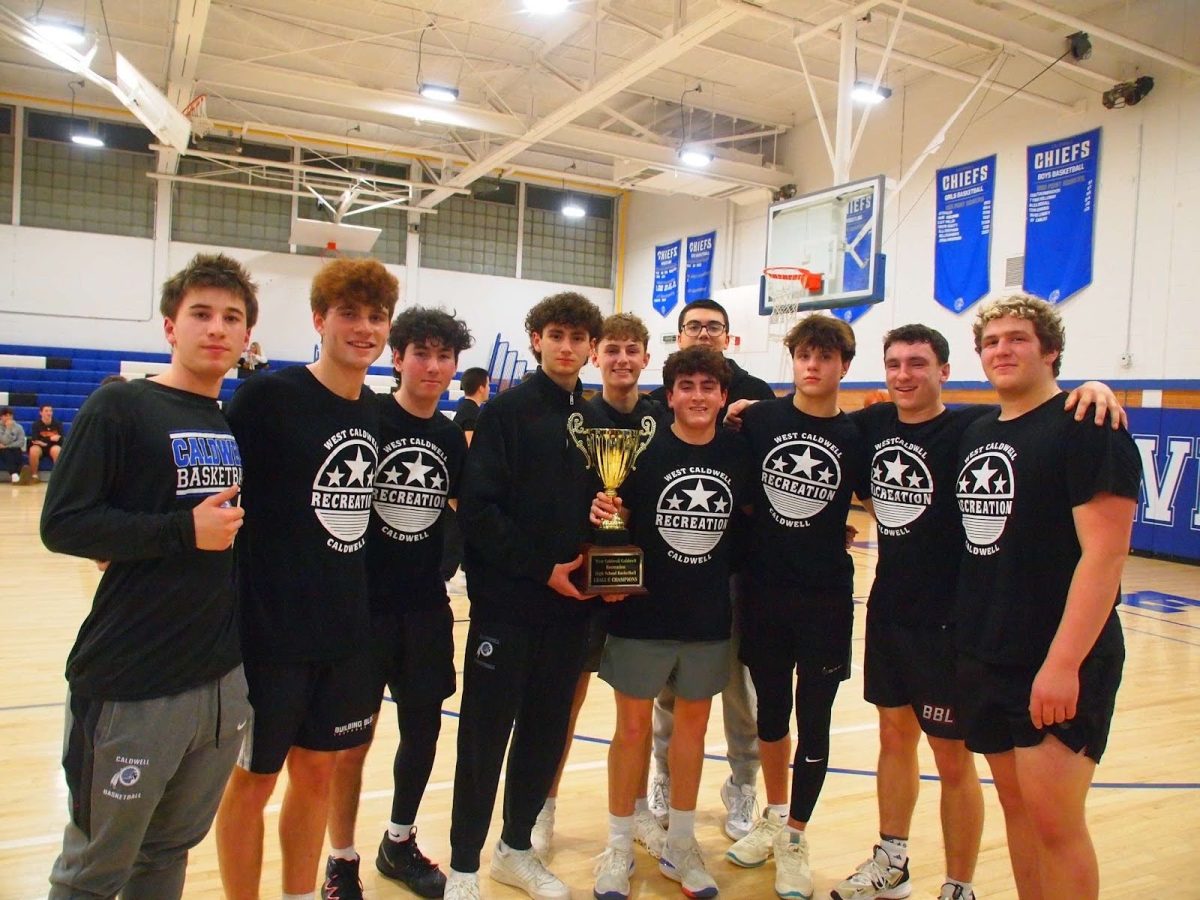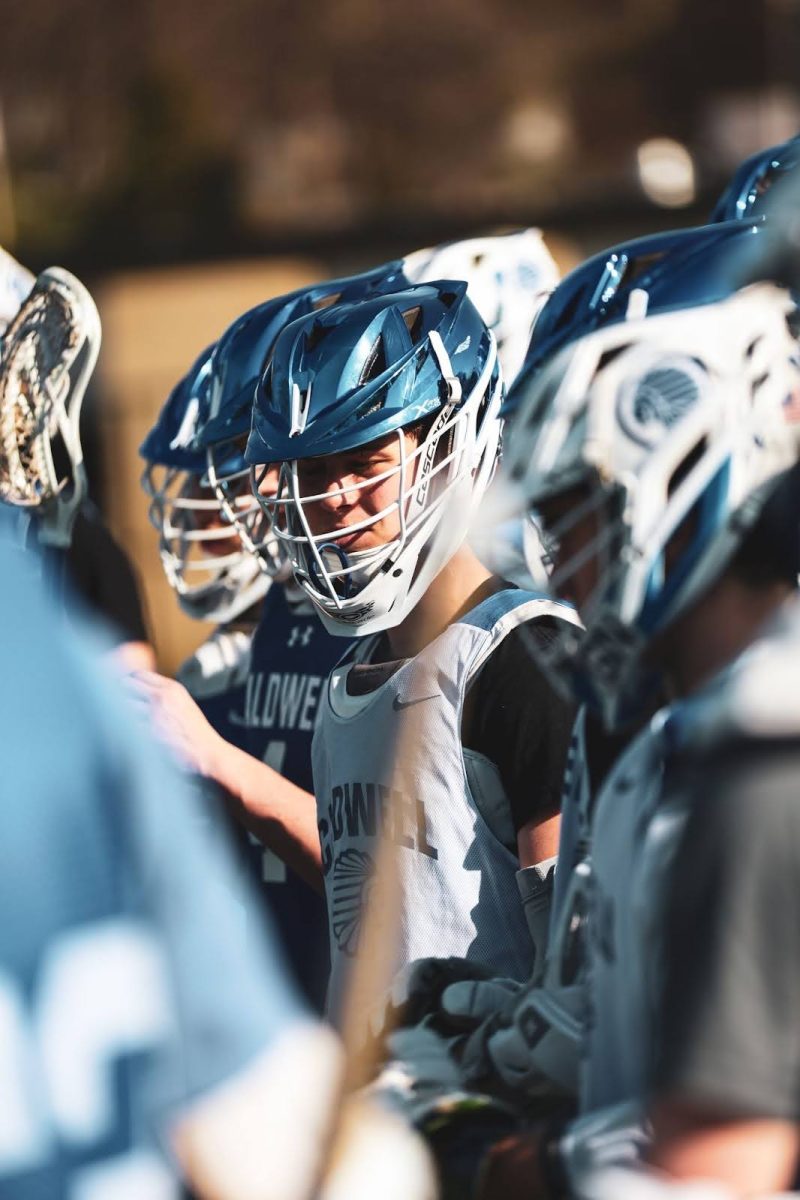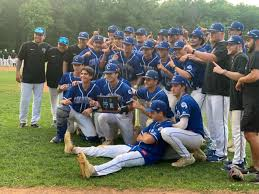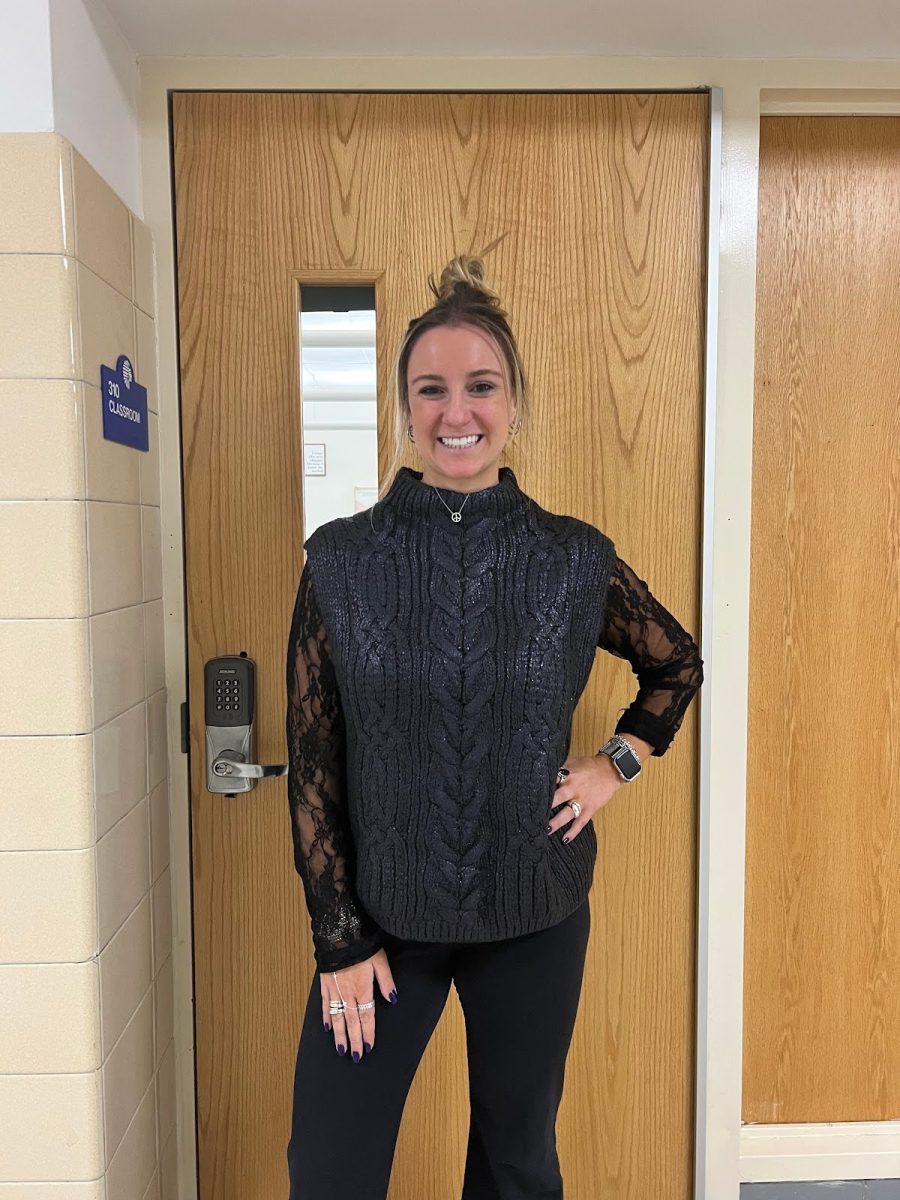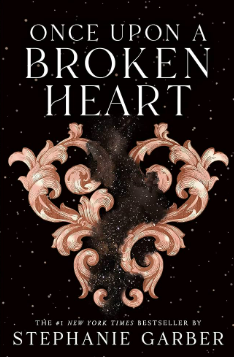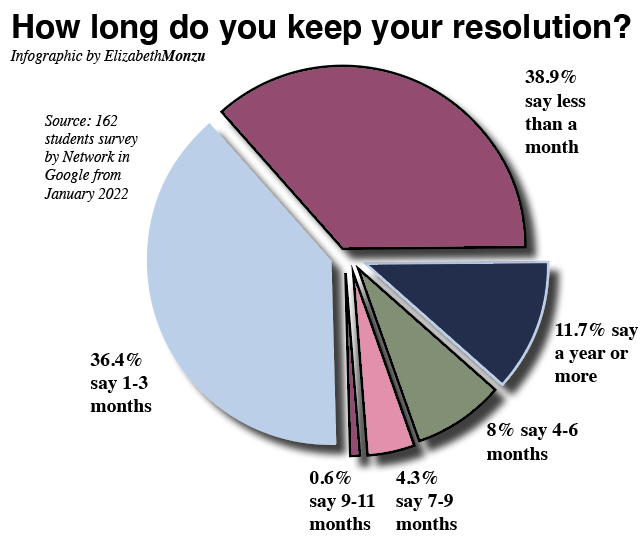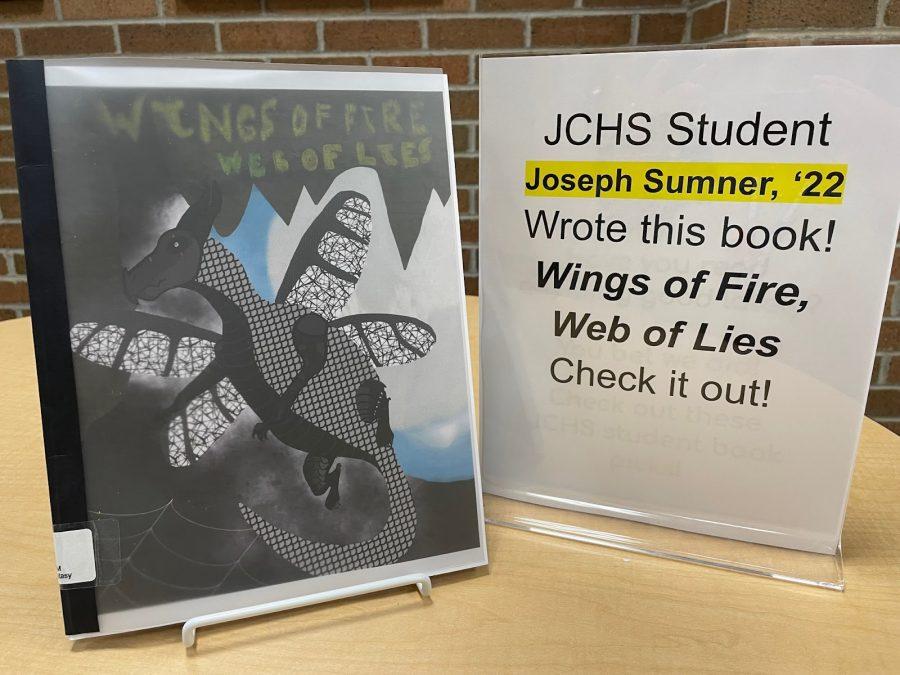
As the CPA goes dark to signal the start of the spring musical, the audience settles in and gets ready. They know the actors are in place and a great show is about to begin. But what’s the first thing they hear? Live music! In the orchestra pit below, talented musicians ranging from professional adults to student performers make the musical come alive in a way no recording ever can. But what’s the story behind the pit? The Caldron investigated.
This year the JCHS Drama Club performed Lucky Stiff. Mr. Bobish, the director, and Kaden Oh, the musical director, decided to hire professional musicians. The exciting addition to this year’s pit orchestra were student musicians Julian Toral on alto saxophone, Nina Deng on flute, and Sayde Lu on violin. The students rehearsed just as intensely as the student actors. They had weekly rehearsals leading up to the musical, as well as the sitzprobe (the first full company rehearsal with orchestra and actors), and attended every day of tech week to accompany the actors.
Pit Professionals
The opportunity to be a part of a pit orchestra lets students gain valuable, first-hand insight into how professional musicians earn a living. Accompanying performances such as dance or other theater is common in the field, and musicians are often expected to play multiple instruments. For example, Timothy Hanlin, who has been performing professionally since 2013, was playing clarinet, bass clarinet, alto tenor, and soprano saxophone throughout the performance. Hanlin told the Caldron about a live band versus soundtrack for performances: “I’ve done some school shows and community theater shows…what’s really great [is that] the actors and performers on stage are not static. It’d be different if they were at karaoke and you could only play with canned music, but we can kind of follow what they’re doing and it really just brings a different energy than if you use recorded music.”
Professional percussionist Jakub Walla, playing live music mostly for dance ensembles since 2016, agrees: “There is a unique sense of synergy and connection between the musicians and performers that a recording [can’t capture]. The nuances within a live performance, where the cast and musicians are reacting to each other, they have this kind of back and forth moments…you can’t get that uniqueness from a recording”.
Student Experience
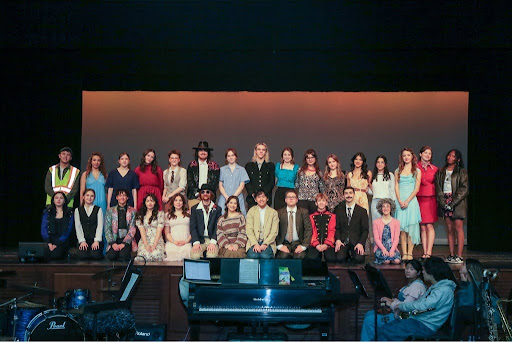
This was the first time freshmen Nina Deng, Julian Toral, and Sayde Lu played in a pit orchestra. All of them have been performing in various school band, orchestra, and ensembles since elementary school, but have never had the opportunity to be a part of a pit orchestra.
The students played with the full pit orchestra and cast for the first time at the sitzprobe to get a feel for how the performance would go during tech week. Nina, who has been playing the flute since 4th grade, told The Caldron she had heard students had joined the pit orchestra in the past, and decided to see if the directors would be willing to consider adding student musicians again for this season. “You’re playing for people who are relying on your music for dance [cues] and stuff like that, so it’s really really important that you’re playing correctly. It’s a little added pressure!…But I loved hanging out with the cast members and other pit orchestra musicians.”
Julian told The Caldron: “Rehearsals were fast paced, and having the cast there was like having a built-in audience. It was at first more stressful, but it was fun!” Toral also would likely take up the opportunity to join a pit orchestra again: “My personal favorite part was the very different music. What I mean is the music was a lot more complicated and had a lot of things for me to learn. I learned a lot from the experience and I was glad I was able to participate.”
Both rehearsals and the music varied from what these students typically play, and this music requires different types of skills such as synchronization, and being able to adjust the music sometimes days before the performance, depending on the actors.
Sources:


